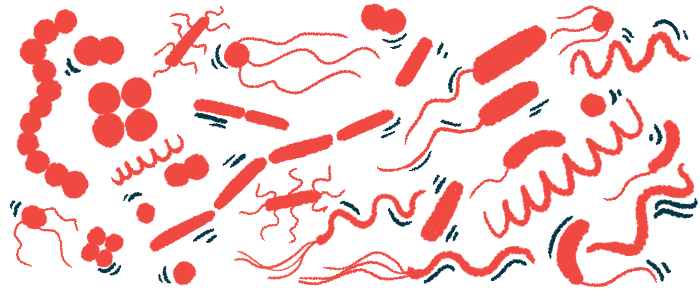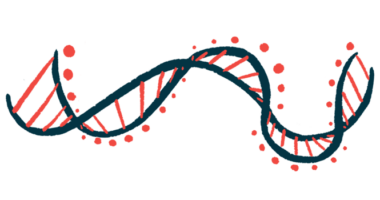Primary Sjögren’s syndrome gut microbiota imbalance has similarities with lupus
Patients have a lower microbial richness than healthy people: Study

People with primary Sjögren’s syndrome who’d never received treatment for it show disturbances in their gut microbiota similar to what’s seen in systemic lupus erythematosus (SLE), another chronic autoimmune disorder, a study in China reports.
Gut microbiota are microorganisms in the gastrointestinal tract — bacteria, fungi, and viruses — that help maintain a balanced gut function, protect against disease-causing microorganisms, and influence the immune system.
“These microbial similarities might be involved in their similar disease epidemiology [distribution], etiology [origin], immunopathology, and clinical manifestations,” the researchers wrote, noting their observations may offer “novel avenues for the effective control of autoimmune diseases.”
The study, “Compositional and functional aberrance of the gut microbiota in treatment-naïve patients with primary Sjögren’s syndrome,” was published in the Journal of Autoimmunity.
Sjögren’s syndrome is an autoimmune disease marked by a misdirected immune attack against tear and salivary glands, reducing tear and saliva production and leading to dry eyes and mouth, its hallmark symptoms.
A microbiota imbalance has been shown to trigger or worsen several health conditions, from gastrointestinal problems to inflammatory and autoimmune diseases. It also seems to occur with Sjögren’s syndrome.
To investigate the composition and functional traits of gut microbiota in primary Sjögren’s syndrome, researchers in China analyzed stool samples from 78 patients and 78 age-, sex-, and body mass index-matched healthy people who served as controls. The participants were recruited at the outpatient clinic of Peking Union Medical College Hospital, Beijing.
The patients hadn’t received any steroids, immunosuppressive medications, or antibiotics for the last three months, as they were either newly diagnosed or in remission.
Samples were analyzed by shotgun metagenomic sequencing — a technique that lets researchers comprehensively sample all genes in all organisms in a sample — and compared with those from 49 previously untreated SLE patients.
Altered gut microbiota in Sjögren’s syndrome
People with primary Sjögren’s syndrome had a lower microbial richness than healthy controls. Their microbial distribution was also different, with 26 microbial species found to be enriched, and 29 found to be depleted in patients compared with controls.
Among the enriched species, Lactobacillus salivarius had the highest average abundance, especially with interstitial lung disease, an umbrella term that encompasses diseases that feature lung inflammation and scarring.
This species’ enrichment was related to inflammation indicators, such as erythrocyte sedimentation rate and IgM levels, statistical analyses also showed.
Ruminococcus gnavus, another species enriched in Sjögren’s, was positively associated with serum creatinine, a marker of kidney function.
Seven microbial pathways were found to be significantly enriched with Sjögren’s syndrome compared with controls, while 24 were significantly depleted.
Microbial virulence factors can vary and enhance the ability of disease-causing microorganisms to invade and colonize the gastrointestinal tract. In the Sjögren’s patients, gut microbiota carried more virulence genes — a total of 27 — encoding three types of bacterial surface organelles with different roles in bacterial invasion.
The researchers also found five microbial protein fragments with the potential to mimic autoantigens that were significantly enriched in the Sjögren’s patients. This is a mechanism by which disturbed microbiota may promote autoimmunity. An antigen is a substance that can trigger an immune response.
“This in-depth profiling of the gut microbiota in treatment-naïve [Sjögren’s syndrome] patients can help elucidate the role of the disturbed gut microbiota in [Sjögren’s syndrome] development and provide direction for future mechanistic studies,” the researchers wrote.
The gut microbiota of Sjögren’s syndrome and SLE patients both shared significant traits related to community distribution, altered microbial types and pathways, and enriched virulence genes.
“The enrichment of virulence genes … also suggests the invasive and autoimmunogenic role of the disturbed gut microbiota in pSS and SLE pathogenesis [disease development], offering novel avenues for the effective control of autoimmune diseases,” the researchers wrote.







